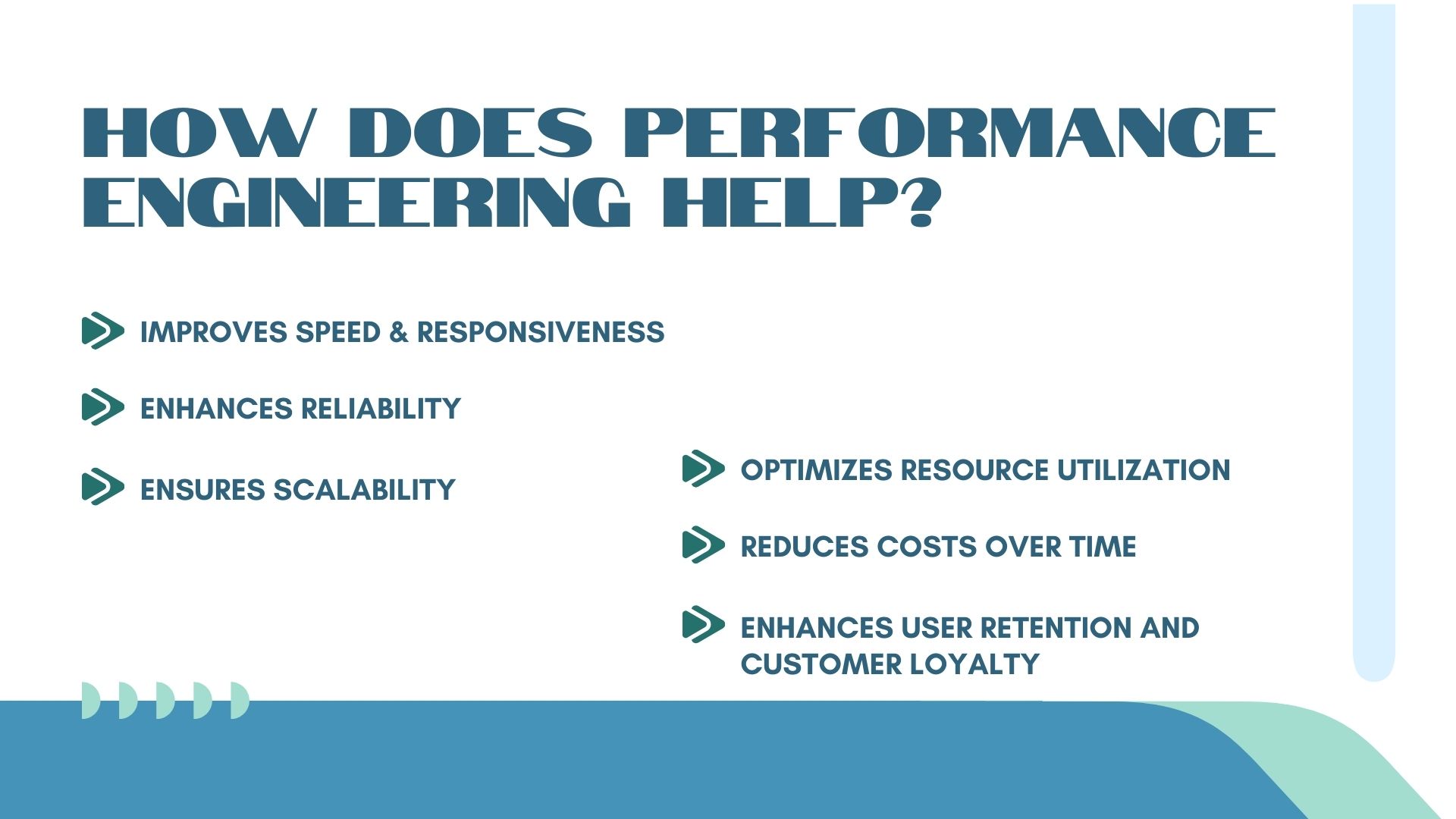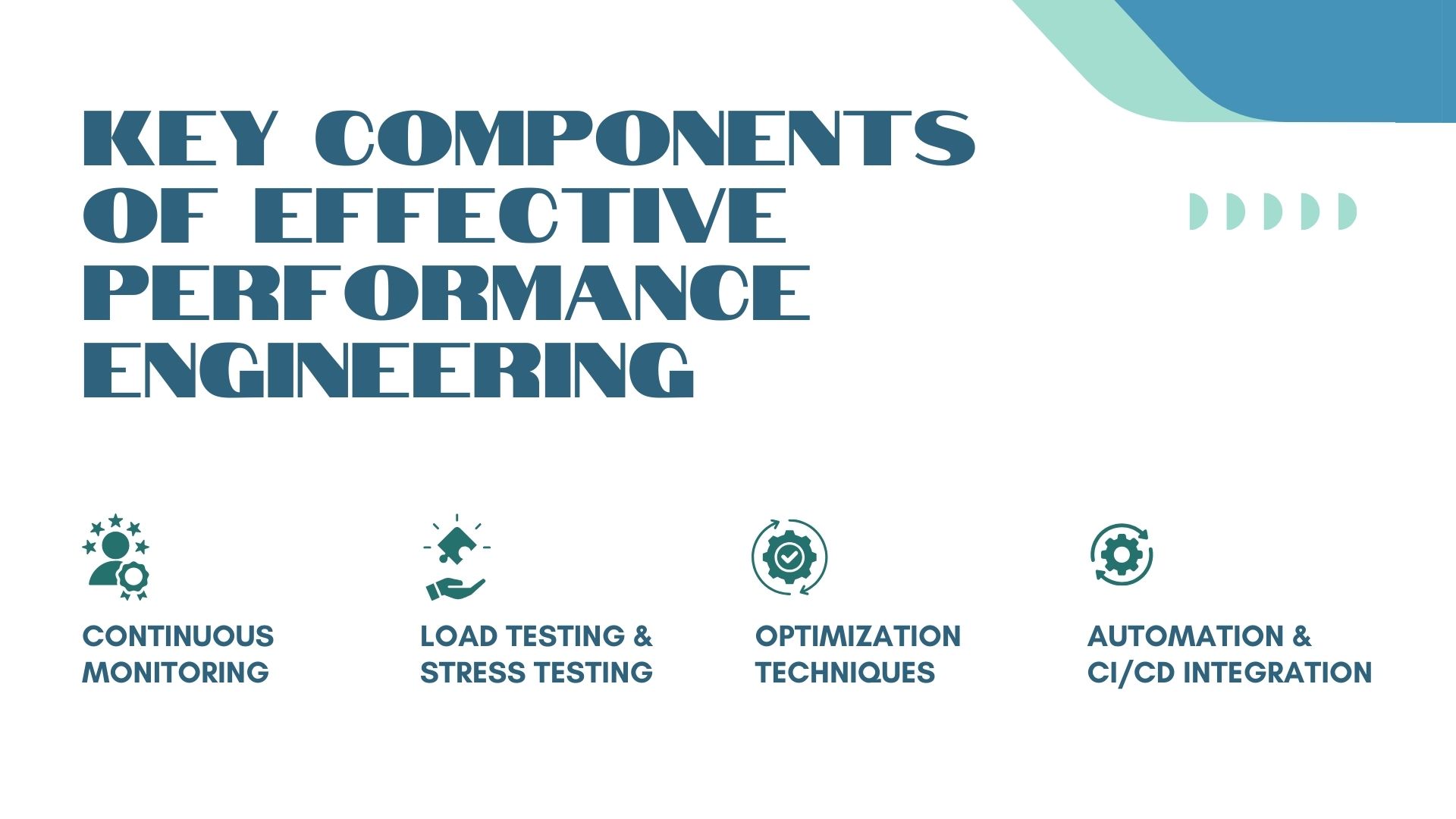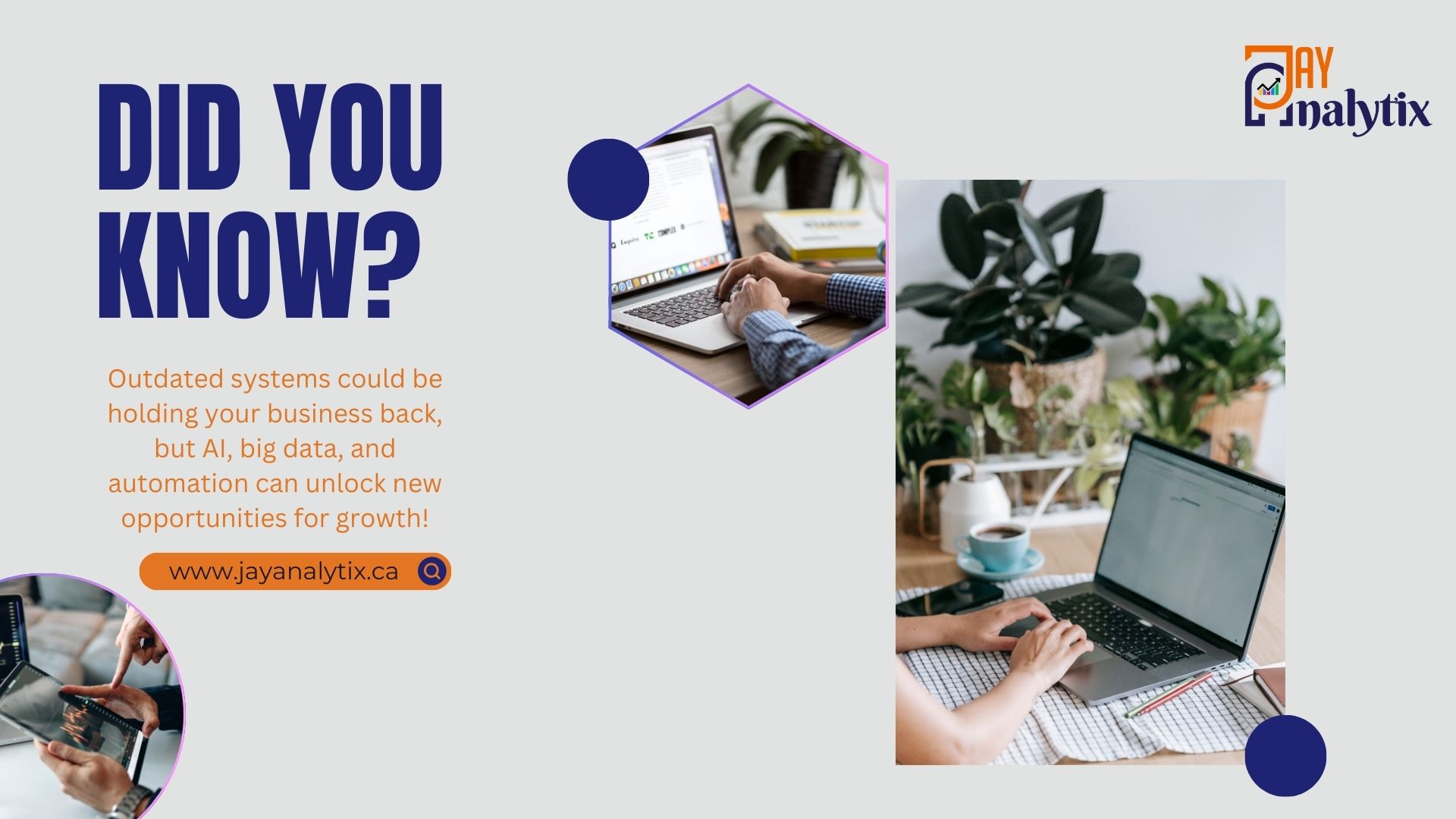With rising user expectations, businesses can’t afford slow, unresponsive, or crash-prone applications. That’s why Jay Analytix’s Performance Engineering services focus on making sure systems run fast, stay reliable, and scale smoothly.

Why Performance Engineering and User Experience Go Hand-in-Hand
Would you stick around on a site that lags or breaks? Neither will your users. Poor performance directly impacts user satisfaction, retention, and revenue. Performance Engineering is the proactive way to fix that—optimizing systems throughout the development cycle, not just after launch.
What Is Performance Engineering?
It’s not just about testing at the end. Software Performance Engineering integrates speed, reliability, and scalability into every development stage—design to deployment. This ensures your application is ready for real-world demands.
How You Improve User Experience with Performance Engineering

1. Speed Optimization for Better UX
Fast apps convert better. Even a one-second delay can cut conversions by 7%. Our approach to application performance tuning—optimizing code, balancing server load, streamlining data flow—keeps users engaged and bounce rates low.
2. Performance Testing and Monitoring for Reliability
Frequent crashes kill trust. With performance testing and monitoring, we identify issues before they reach users. That means fewer errors, more uptime, and a dependable experience.
3. Performance Optimization for Applications That Scale
Apps need to grow with your user base. Using capacity planning and stress testing, we ensure you’re ready for traffic spikes without a dip in quality. Its performance optimization strategies for websites and apps—built in from the start.
4. Optimized Resource Use
Efficient systems are cheaper to run and more sustainable. We eliminate bottlenecks and make sure your infrastructure supports performance, cost-effectively and responsibly.
5. Lower Costs, Higher Retention
Early optimization means fewer costly fixes later. And high performance equals happy users—boosting loyalty and advocacy. That’s the impact of slow performance on user engagement, reversed.
Key Components of Effective Performance Engineering
- Continuous Monitoring: Real-time alerts and data help resolve issues before users notice.
- Load Testing and Stress Testing: We push systems to their limits to make sure they hold up.
- Web Performance Best Practices: From caching to compression, we fine-tune every layer.
- CI/CD Integration: Automated performance checks ensure every release meets standards.
Why Performance Matters Now More Than Ever
Understanding how performance engineering enhances user experience is critical in today’s market. It’s not just about speed—it’s about delivering consistent, high-quality interactions that drive loyalty.
Adopting the best practices for performance engineering in software development ensures performance isn’t an afterthought—it’s embedded from the ground up.
And let’s be honest: why application performance matters for user retention comes down to simple facts. Slow apps frustrate users. Fast apps keep them coming back.
Through proven performance optimization strategies for websites and apps, we help businesses build faster, more scalable platforms that retain users and convert better.
Because in the end, the impact of slow performance on user engagement is real—and avoidable.
Site Performance and User Satisfaction Start Here

At Jay Analytix, we blend digital user experience improvement with technical precision. Our performance engineers make speed, scalability, and reliability the norm—so your app earns trust, drives growth, and stands out.
Ready to Make Performance Engineering Part of Your Strategy?
Let’s talk about how we can help you elevate UX, boost retention, and optimize your application from the inside out.
Contact us: info@jayanalytix.ca











